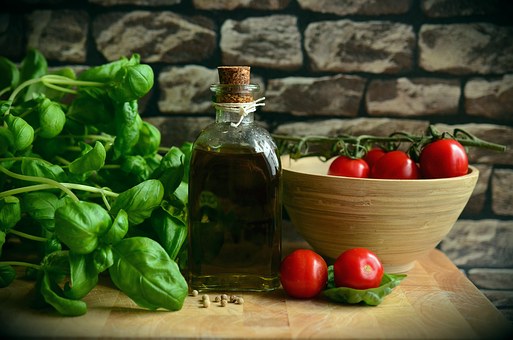Food cost. Here is the guide for bars, pizzerias, restaurants, pubs and pastry shops. The Food Cost is the cost of the dish, that is the sum of the costs of the raw materials that form a dish.
For example, the Food Cost of a margherita pizza will be given by the sum of the cost of the dough “ball”, the tomato sauce, the mozzarella and the basil.
Food cost
Food costs are among the most important factors when it comes to restaurant profitability. They account for about 33% of the average price of a menu and can have a huge impact on customer satisfaction, which eventually brings them back to your pockets sooner than later!
A great way that owners control this expense is by reviewing their inventory logs over the course of each week, analyzing data from previous periods in order to determine what has led up to now as well as any necessary changes going forward.
The cost of food is a huge part of the overall expense for managing your business. However, it may not be obvious what exactly costs you and why every dollar counts! Food includes everything from how much work goes into preparing the ingredients to its packaging at home or on site before being sold as a finished product – even things like cooking oil can quickly add up if left unchecked due to negligence ….
Food cost
Bread: A good quality loaf can cost someone between 40 cents and 1 dollar a slice, depending on your appetite; however most consumers will only buy two slices per purchase, unless you know there’s some kind of party with a lot of sandwiches scheduled later that night.
The cost of preparing a dish is usually determined by the ingredients that make it up, but sometimes other factors come into play. This includes not only meat but also vegetables, fruit or other natural flavors such as olive oil in dishes such as Italian sauces for pasta noodles that have been cooked al dente so as to maintain a certain firmness while still being tender enough to be chewed promptly with little effort by the teeth.
Usually, the value is expressed as a percentage of the sale price.

Because it is important?
Food cost
Most restaurateurs in Italy do NOT calculate the food costs of their dishes.
Some have “a vague idea” of how much the ingredients cost in the whole, others have realized two accounts “in mind”, others still had an estimate,
But the worrying fact is that they have never seriously applied – with their kitchen staff, calculator, scale and Excel sheet – to calculate their Food Costs.
It is a disconcerting truth because food cost is an important fact for making corporate choices.
Imagine if a shoemaker didn’t know the cost of raw materials to build a pair of shoes!
Would it be a problem to determine the selling price per pair, or not?
So, restaurateurs and beautiful company, you have the power to earn more!
Let’s learn together how to calculate the food cost!
How to calculate the food cost
Food cost
Let’s start with a distinction: the food cost can be preventive or consultative. So we can control both the purchases of the future, which are used to determine the right selling price, and the purchases of the past, to try to contain costs and correct the waste.
Food cost
The definitive formula for calculating the food cost would be: “Net cost of food goods / Adjusted revenues” * 100.
Clearly in the revenues we must also consider the meals of the employees.
Once this percentage is obtained, we can determine the selling price thanks to a coefficient. It is calculated as follows: “100 / absolute value of food cost”. Once the result is obtained, simply multiply it by the total cost of a dish to get a target price.
In reality the food cost is an analysis that contains various indicators, so we must not only consider the costs of raw materials, but also:

- other variable costs
- cost of labor
- overhead costs
- profit share
For example, there is a quality / price indicator that consists of two intermediate steps.
The first is to determine the average price charged to customers through the formula “Total sales / Nr. Dishes served ”.
Food cost
The second is the calculation of the average price offered by the restaurant, with the formula “Sum of prices of all courses / Nr. of the dishes that make up the menu ”. Finally, we take the two results obtained and relate to each other to obtain the “quality / price” ratio: “Average price charged to customers / Average price offered by the local”.
If such the value of this formula is between 0.9 and 1 it means that there is a balance between the offer of the venue and the choice (or expectation) of the clientele.
A result lower than 0.9 indicates that our customers are moving towards lower prices, and finally a result higher than 1 makes us understand that customers generally choose the most expensive dishes, which show a balance between the quality of the food and the its price.
Read also: What is Food Beverage Management.


